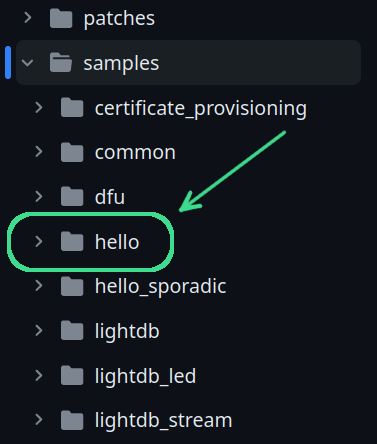
Hardware-in-the-Loop Testing
Using Zephyr RTOS
Developer Relations Engineer
Mike Szczys

Handy Links:
- This slide deck:
https://slides.com/golioth/hil-testing-zephyr
- Example Repo:
https://github.com/golioth/zephyr_twister_hil_testing

@szczys@chaos.social on Mastodon
@szczys@bsky.social on Bluesky
- Developer Relations Engineer at Golioth
- 15 years of firmware experience
- Previously: Editor in Chief of Hackaday

Mike Szczys
What is Golioth?

We make it easy for hardware engineers to connect sensors and other devices to the web.
https://golioth.io/

Demo

Zephyr: basic/blinky
- Compile on cloud
- Flash and run on hardware
- No actual test confirmation
- Use GitHub secrets
workflow file: https://glth.io/3PgsZhC

What are self-hosted runners?
Self-Hosted Runners

- Continuous Integration (CI) on a computer you control
- Hardware under test is directly connected to your runner
-
Read more:
- GitHub: https://docs.github.com/en/actions/hosting-your-own-runners/managing-self-hosted-runners/about-self-hosted-runners
- GitLab: https://docs.gitlab.com/runner/install/index.html
Self-Hosted Runners



Demo
Authenticating a runner with GitHub


Demo

Zephyr: hello_world
- Compile on self-hosted runner
- Twister build/flashes/tests
- Uses hardware map
workflow file: https://glth.io/3qZriNK

Demo

Golioth: hello
- Compile on self-hosted runner
- Twister build/flashes/tests
- Uses hardware map & env variable
- Uses a pytest harness
workflow file: https://glth.io/44MYHsA

Summary:
- Hardware-in-the-Loop (HIL) automates tests on the actual hardware
- There are unique challenges to reliability compared to build-only testing
- Careful implementations can be as touchless as cloud runners
- Huge time savings over manual testing

- Application: https://github.com/golioth/zephyr_twister_hil_testing
- https://golioth.io
Workflow Examples:
Try Golioth:

